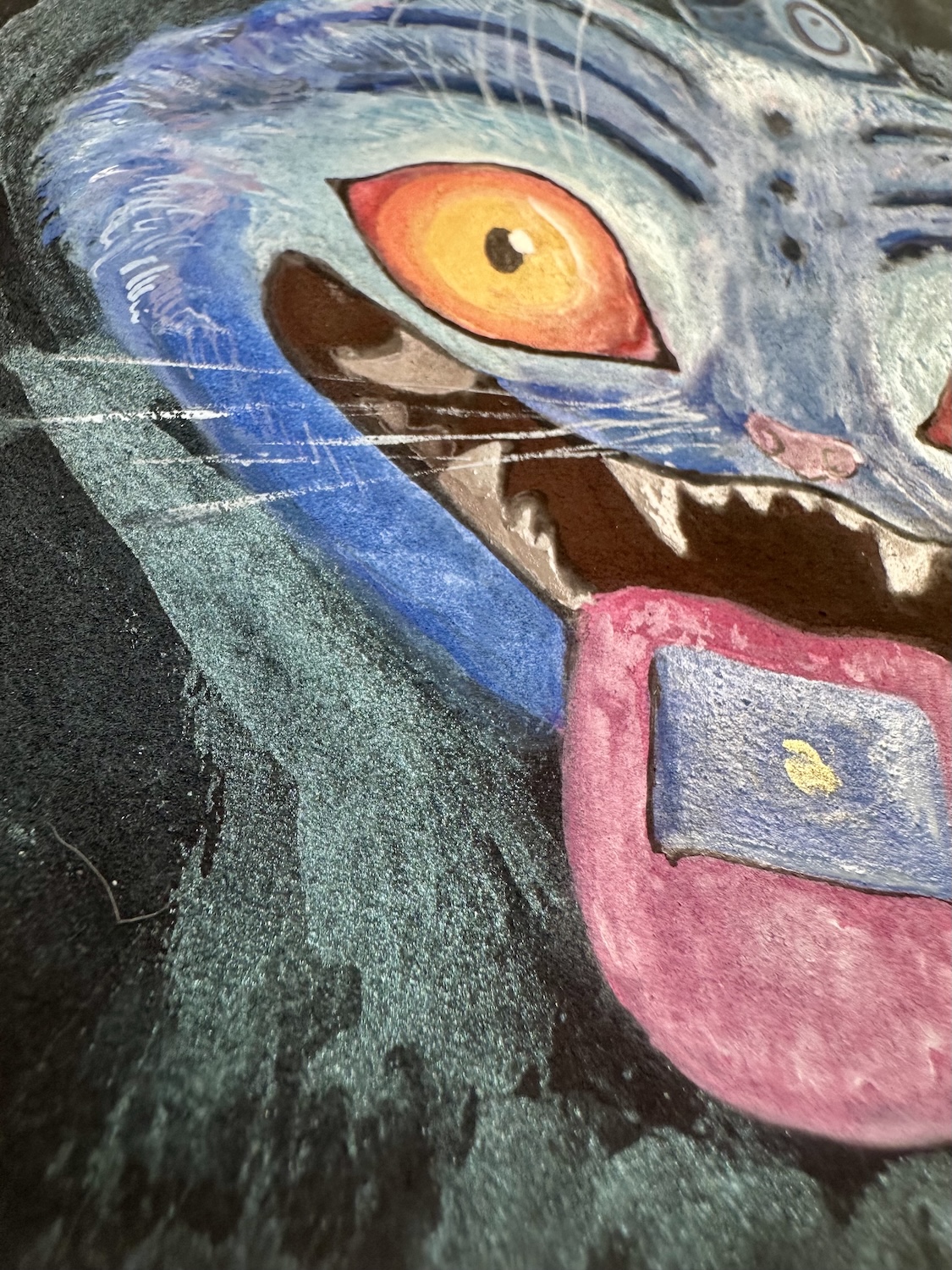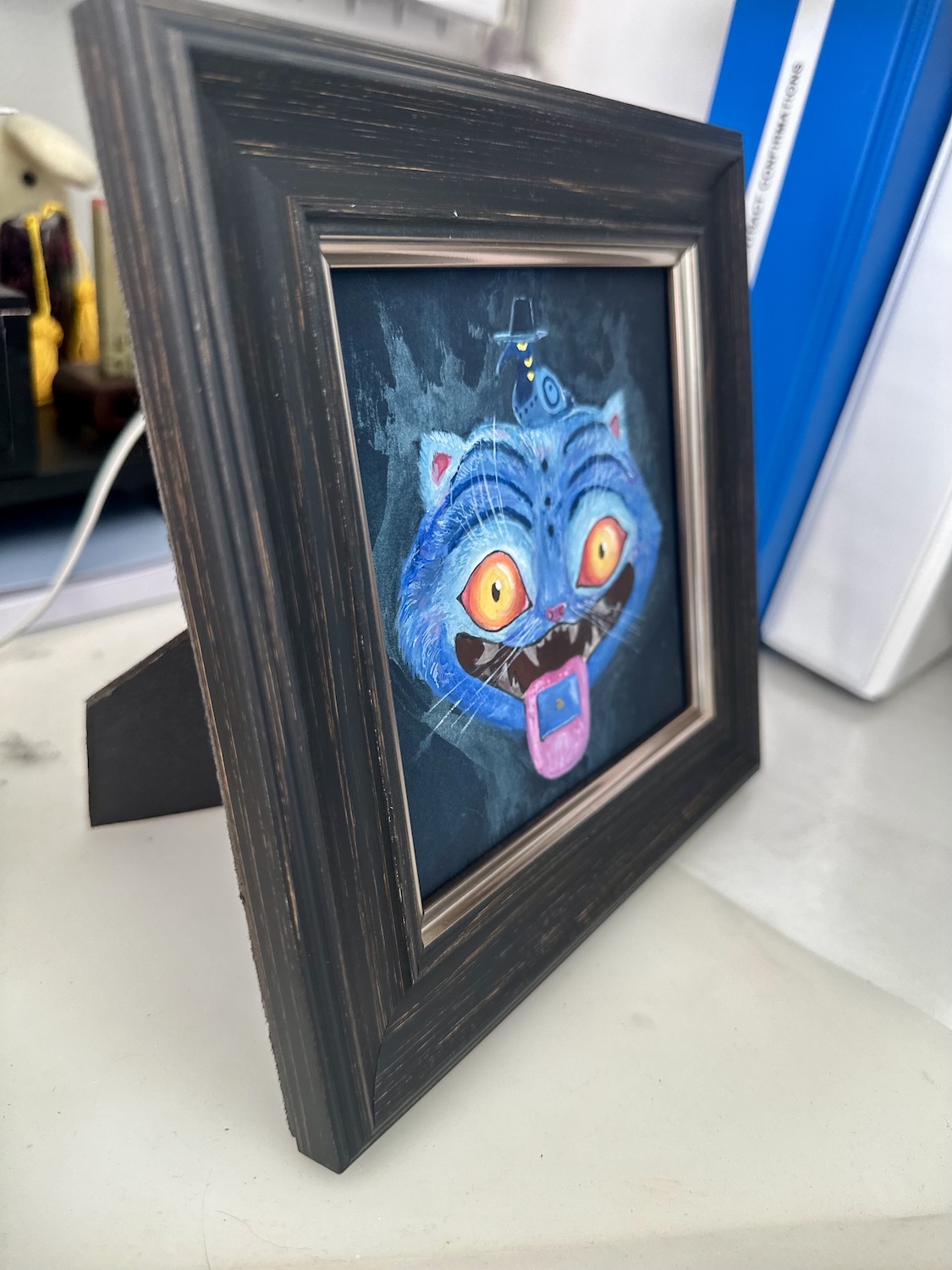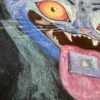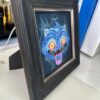WANT TO BUY EARLY?
Unlock 30 minutes early on our mailing list
Invitation For Your Soul
by Marian Pham
This duo is everything, and so much fun to watch.
And yes, I’ve had this soundtrack on daily ever since watching the movie, I’m not even a little guilty.
Gouache, metallic watercolor, on 5×5 inch Arches cold press art board. Art sold with frame.
$185 $185
In stock
Marian Pham
Marian Pham is a gallery painter and freelance illustrator using digital, watercolor, ink, and oil to create her works. In her personal art practice, she explores themes around collective healing, generational trauma, and social issues by using portraiture, symbolism, and abstraction. In the commercial art field, Marian enjoys working in the editorial, books, and public art spaces.
Marian graduated from California College of the Arts with a BFA in Illustration, studied abroad at Hongik University in South Korea, and attended Graduate School of Illustration at the Academy of Arts University. She is also currently the Communications Manager of Every Day Original.
Marian graduated from California College of the Arts with a BFA in Illustration, studied abroad at Hongik University in South Korea, and attended Graduate School of Illustration at the Academy of Arts University. She is also currently the Communications Manager of Every Day Original.
PAST ORIGINALS
A few you might have missed!
-

Invitation For Your Soul
By Marian Pham $185 $185 Add to cart -

Ashintully Gardens
By Stephen Sengebush $350 $350 Add to cart -
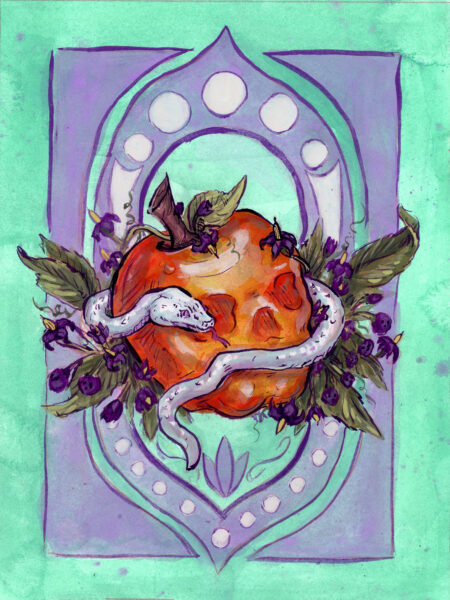
Malum Malus
By Tia Kinsman $270 $270 Add to cart -
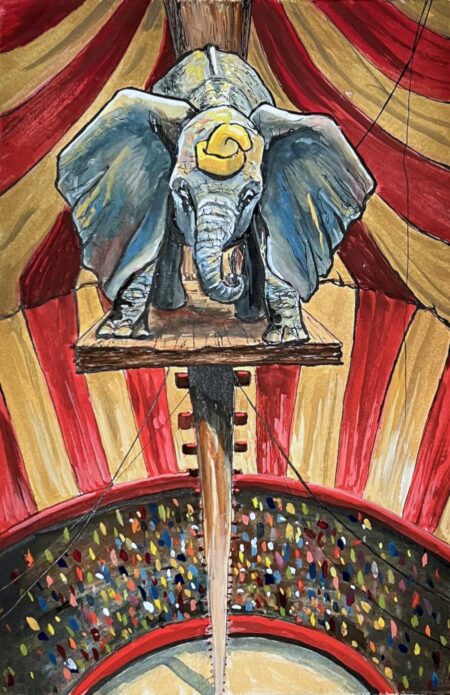
Don’t Look Down
By Catherine Moore $350 $350 Add to cart -
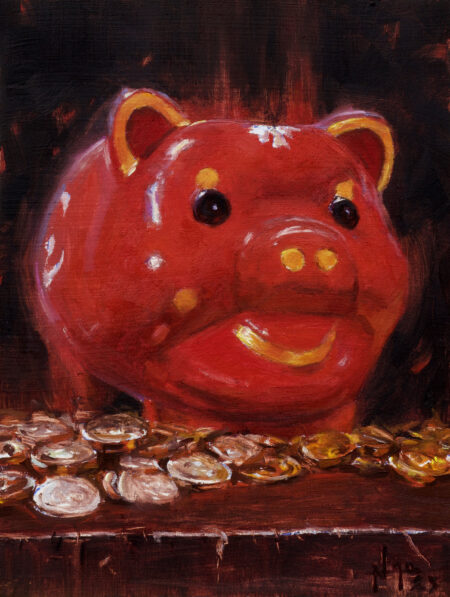
Prosperity Pig (Treasure Token)
By Alex Ngo $350 $350 Add to cart -
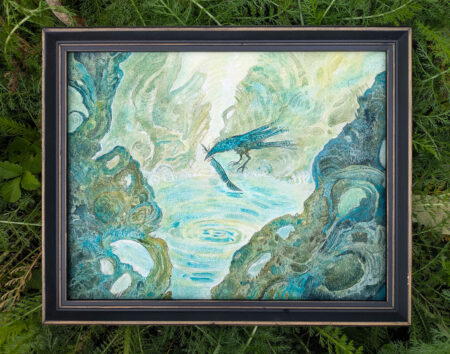
The Offering
By Laura Siadak $350 $350 Add to cart -

Iron Dragon
By Greg Manchess $300 $300 Add to cart -
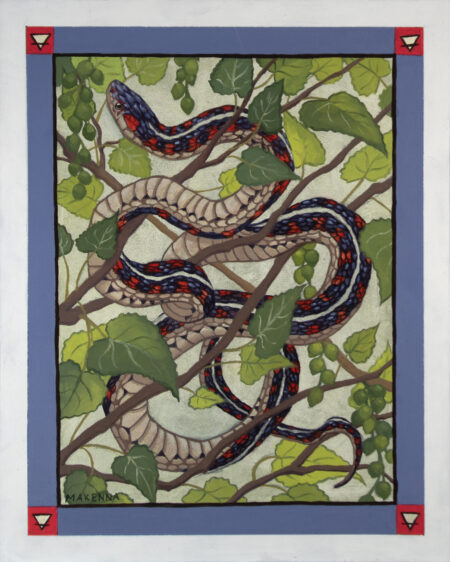
Earth
By Makenna Karp $500 $500 Add to cart



